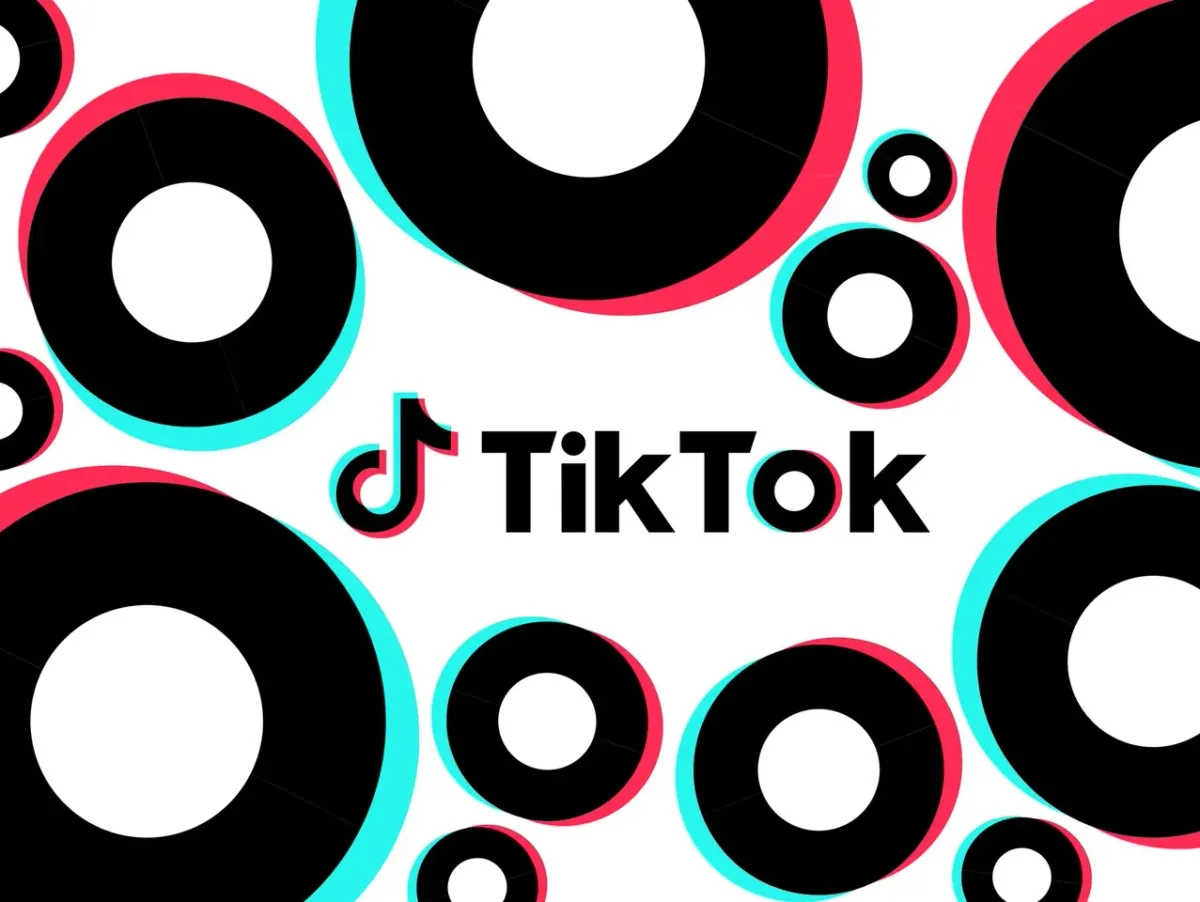Storytelling in the Age of TikTok: Lessons from Viral Challenges
Welcome to the world of TikTok, where storytelling meets virality, and a single challenge can transform a brand’s presence overnight.

Picture this: A teenager in their bedroom, performing a perfectly choreographed dance to a catchy tune. Seconds later, the video is shared, liked, and replicated by millions around the globe. Welcome to the world of TikTok, where storytelling meets virality, and a single challenge can transform a brand’s presence overnight.
The Rise of TikTok and Viral Challenges
Imagine logging into TikTok and being greeted by a flood of short, engaging videos, each telling a unique story in under a minute. TikTok has revolutionised how we consume content, making it fast, fun, and highly shareable. The platform’s emphasis on trends and challenges has created a new form of storytelling that’s immediate, immersive, and incredibly influential.
TikTok’s viral challenges are particularly powerful. They invite users to participate, creating a sense of community and shared experience. From dance routines to creative hacks, these challenges encapsulate the essence of modern storytelling: engaging, participatory, and driven by the audience.
The Power of TikTok in Storytelling
“Stories are powerful because they connect us emotionally to information and provide context that allows us to understand it,” says Cole Nussbaumer Knaflic, a data visualisation expert. TikTok leverages this power by making stories personal, interactive, and highly relatable.
Here’s why TikTok is so effective for storytelling:
1. Brevity and Impact: The short video format forces creators to be concise and impactful, capturing attention quickly.
2. Authenticity: TikTok’s unpolished, real-life feel makes content more relatable and trustworthy.
3. Engagement: Challenges and trends invite participation, turning passive viewers into active creators.
4. Viral Potential: The platform’s algorithm amplifies engaging content, making it easy for stories to go viral.
Crafting Engaging TikTok Stories: A Step-by-Step Guide
So, how can brands effectively tell their stories on TikTok? Let’s break it down:
1. Identify Your Message:
Determine the core message or theme you want to convey. Keep it simple and clear.
2. Use Trending Sounds and Hashtags:
Leverage popular sounds and hashtags to increase visibility and relevance. Participate in trending challenges to tap into existing audience interest.
3. Be Authentic and Relatable:
Showcase real people, real stories, and genuine moments. Authenticity resonates more than polished perfection.
4. Encourage Participation:
Create challenges that invite users to replicate and share. This not only increases engagement but also spreads your message organically.
5. Keep It Visual and Dynamic:
Use engaging visuals, quick cuts, and dynamic transitions to hold viewers’ attention.
Real-World Success Stories
Let’s explore a few examples of how brands have successfully used TikTok challenges to tell their stories:
Chipotle’s #GuacDance Challenge:
Chipotle launched the #GuacDance challenge, inviting users to share their best avocado-themed dance moves. The campaign was a massive success, resulting in Chipotle’s biggest guacamole day ever, with over 250,000 participants and millions of views.
Gymshark’s 66 Days Challenge:
Gymshark’s 66 Days: Change Your Life challenge encourages users to commit to a fitness goal for 66 days and document their progress. This challenge not only promoted Gymshark’s brand but also created a supportive community around fitness and personal growth.
E.L.F. Cosmetics’ #EyesLipsFace Challenge:
E.L.F. Cosmetics created the #EyesLipsFace challenge, which quickly became one of TikTok’s most viral campaigns. By encouraging users to show off their makeup routines to a catchy tune, E.L.F. generated over 4 billion views and significantly boosted brand awareness.
The Evolution of Storytelling on TikTok
TikTok isn’t just a platform for fun videos; it’s a powerful tool for storytelling that adapts to the evolving digital landscape. As trends and technologies change, so must our approach to TikTok storytelling.
Here are a few tips for staying ahead:
1. Stay Current with Trends:
Monitor emerging trends and adapt your content to stay relevant. Flexibility and speed are key.
2. Innovate with Formats:
Experiment with different video formats, such as tutorials, behind-the-scenes looks, and user-generated content.
3. Measure and Adapt:
Use TikTok’s analytics to understand what works and what doesn’t. Continuously refine your strategy based on data and feedback.
Bringing Your TikTok Story to Life
Just as TikTok has revolutionised storytelling through viral challenges, brands can harness this platform to engage with their audience in new and exciting ways. Here are a few steps to get started:
1. Research Your Audience: Understand what types of content resonate most with your target demographic on TikTok.
2. Create Authentic Content: Showcase real people and genuine moments to build trust and relatability.
3. Engage with Trends: Participate in trending challenges and use popular sounds to increase visibility.
4. Foster Participation: Encourage user-generated content by creating challenges that invite participation.
5. Adapt and Evolve: Stay current with trends and continuously refine your approach based on analytics and audience feedback.
The Never-Ending Story
TikTok has changed the way we tell stories, making them more dynamic, engaging, and participatory. As the platform continues to evolve, so must our approach to storytelling.
By embracing the power of viral challenges and authentic content, brands can create lasting connections with their audience and stay relevant in the ever-changing digital landscape.
In the world of marketing, as in storytelling, TikTok offers a unique way to connect, engage, and inspire.
By mastering this art, brands can transform from mere names to viral sensations, much like the successful challenges we’ve seen on the platform.
Illustration by Nick Barclay / The Verge




